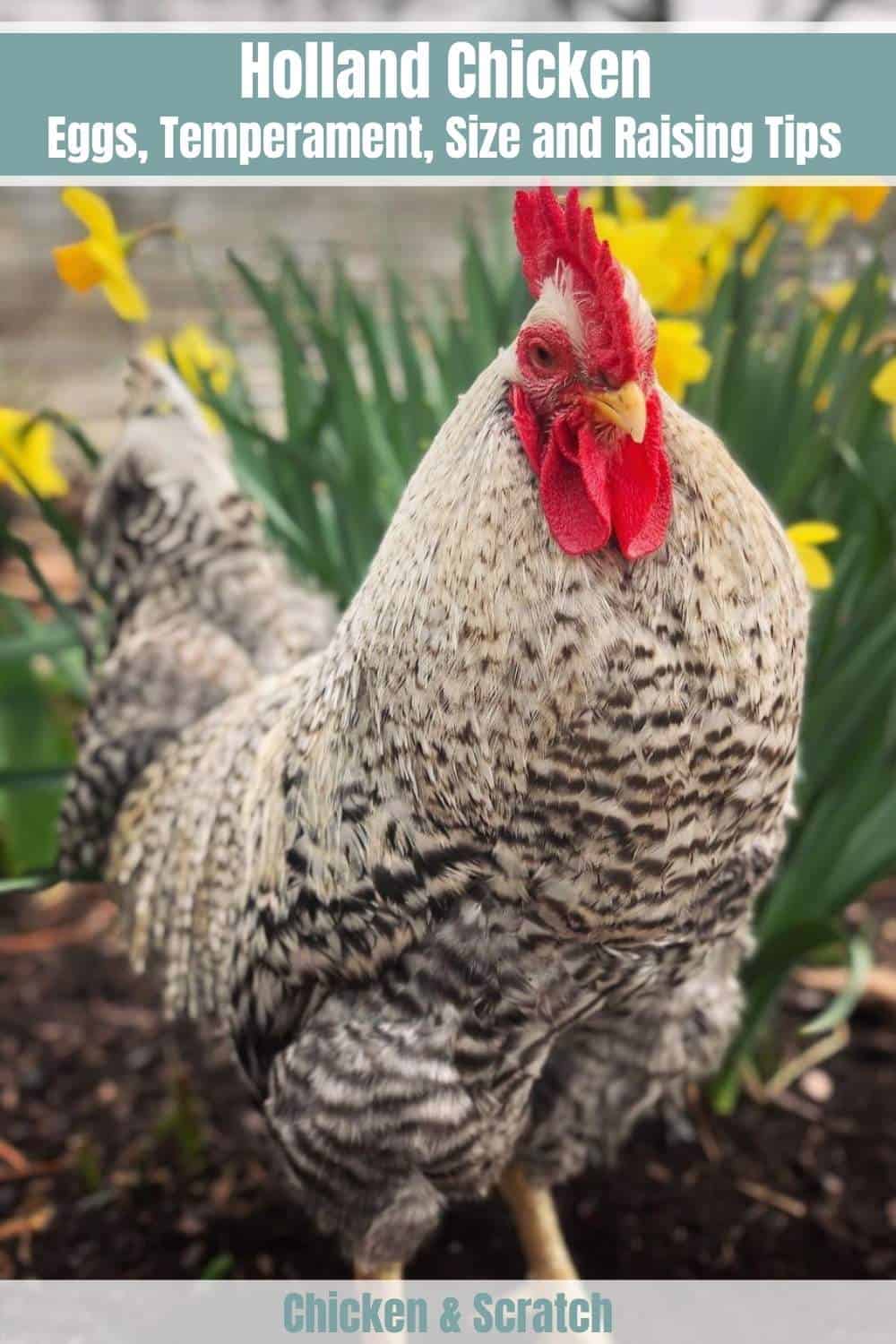Rearing chickens in your backyard is useful and fun. You don’t have to get your eggs from the store. You can raise good breeds of chickens that will lay healthy eggs. As such, you’ll reduce the likelihood of consuming foods that have GMOs and other dangerous chemicals.
Since you’ll be feeding your chickens, you can customize their meals to get the best quality eggs and meat. Besides, it’s fun to watch your chickens fight one another over food. If you want a breed of chicken with good quality eggs and calm temperament, you should consider Holland Chicken. Read more details about this breed of chicken below.
| Characteristic | Holland Chicken |
|---|---|
| Purpose | Dual Purpose (Meat & Egg) |
| Egg Color | White |
| Egg Size | Medium to Large |
| Broody | Yes |
| Heat Tolerance | Yes |
| Cold Tolerance | Yes (But watch for frostbite) |
| Comb Type | Single Comb with Six Points |
| Egg Production (per year) | 200 – 240 |
| Chicken Skin Color | White and Barred |
| Life Span | Average of 8 years |
| Adult Weight (Hen) | 6.6 lbs (3 kg) |
| Adult Weight (Rooster) | 8.8 lbs (4 kg) |
| Backyard Friendly | 5/5 |
Holland Chicken Background and History
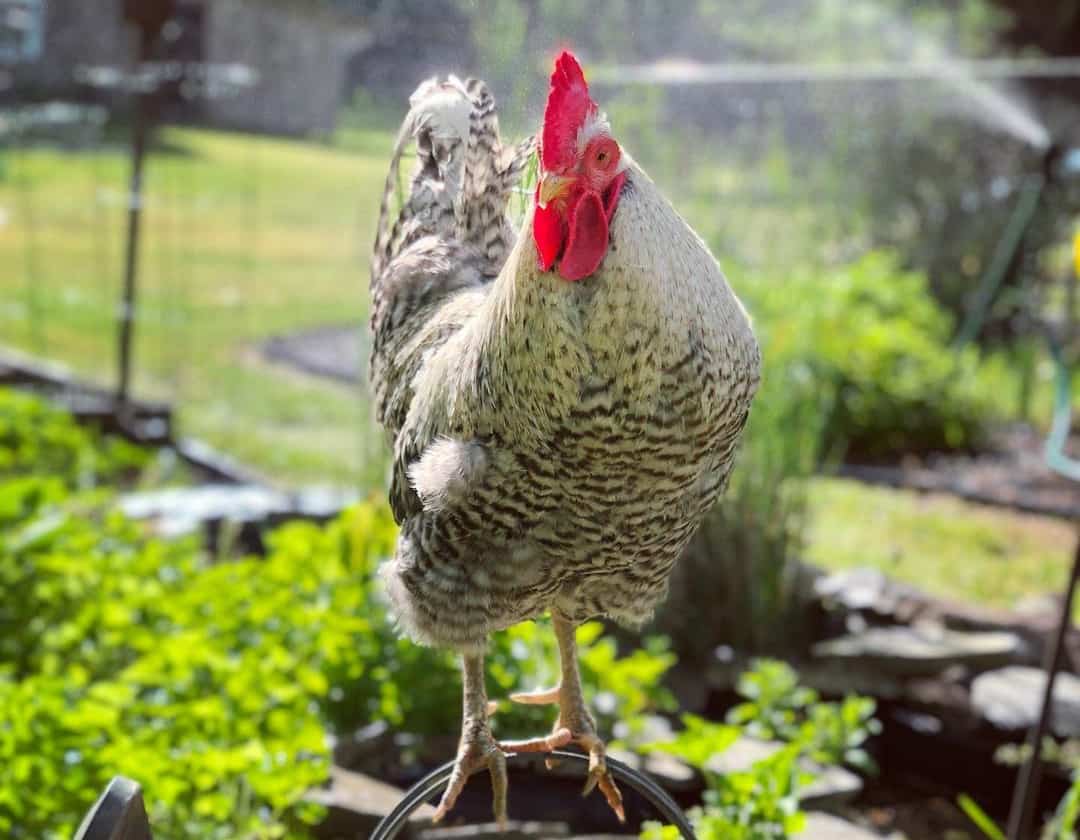
Before 1949, many chickens on small farms in the United States of America laid brown eggs. However, it was believed then that white eggs were better because they are lightweight and sweeter. As such, many people preferred white eggs to brown eggs.
However, the breeds of chicken that laid white eggs weren’t mostly available and well-equipped in terms of health standards. This led to Rutgers Breeding Farms crossing different breeds of chicken that would be well-fleshed and lay white eggs.
The Rutgers Breeding Farms is a part of the Rutgers New Jersey Agricultural Experiment Station established in 1880. The station was set up to teach different practices in Agriculture.
Even though the Holland breed of chicken was developed in New Jersey, it is named “Holland” because the breeders crossed chickens imported from Holland with breeds such as Lamona, White Leghorn, Rhode Island Red, etc.
The breed of chicken created from these other breeds was referred to as White Hollands. Another set of chickens from Holland were crossed with Barred Plymouth Rocks, Brown Leghorn, and Australorp to create Barred Hollands. In 1949, the American Poultry Association Standard of Perfection admitted the Holland breed of chickens.
Holland chickens are valued for both their egg and meat production. The sizes of their eggs range from medium to large and are white-colored. Their carcass is meaty as well. Even though they are rare and have been listed as critical on the American Livestock Breeds Conservancy’s Conservation Priority List, they make good backyard breeds.
Since they are naturally healthy, they live longer, with an average life expectancy of 8 years. They can survive in extreme conditions; this doesn’t mean you should be nonchalant with caring for them, however. If you’re planning to rear Holland chickens, it’s essential to check with the nearest conservation center if there are special instructions to follow or a special license to obtain.
Breed Standard and Appearance

The Holland chicken is of two varieties: White and Barred. For the Barred variety, the hens are darker than the roosters in color. The standard rooster weighs about 4 kg, while the hen weighs 3 kg. Both sexes have clean and sturdy yellow legs and red earlobes.
They are medium-sized and heart-shaped, owing to their fluffy tails. Like every other healthy chicken, the feet of a Holland chicken should point straight ahead and not inwards. There should be no swelling or open areas. The mouth shouldn’t be open either, except during mealtimes or when the chicken is crowing.
Both the White and Barred varieties have red combs with six points. You can distinguish the varieties by their color. A healthy Holland chicken has clear and shiny eyes with neither swelling nor discharge. Its eyelids won’t show. Also, the nose is free from discharge.
Either your chicken carries its wings close to the body or points them downward; the wings shouldn’t droop. If the wings are droopy or notice the loss of feathers with the skin in that area bare and sore, then the chicken isn’t healthy.
The vent is another place to check when determining the health standard of your Holland chickens. Usually, it shouldn’t have any signs of inflammation or discoloration, and the feathers around it should be clean. It can get messy due to the feces that come out through it, but you should try to keep it clean as much as possible.
Holland chickens are typically active during the day. If you notice your chicken is unusually lethargic and allows you to touch its body without resistance, it may be a sign of illness or distress. Typically, healthy chickens aren’t still during the day, nor can you easily handle them. If your Holland breed fails this standard, you should treat them.
Holland Chicken Personality and Temperament
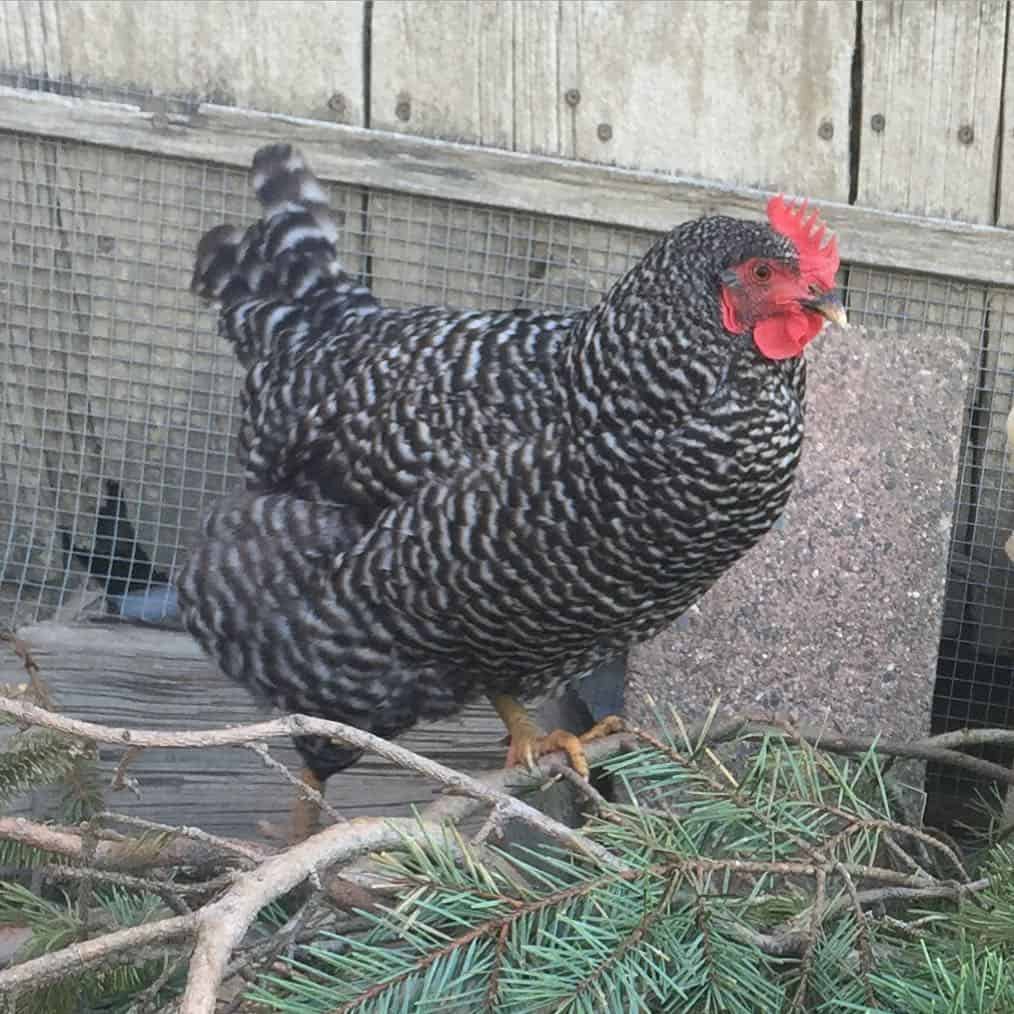
Just like human beings, different breeds of chickens have different personalities too. One of the prominent qualities of the Holland chicken is its amenability. They can adapt wherever they find themselves, making them one of the best breeds to rear on a homestead. The hens are good mothers as well.
Also, they are very docile and easy to handle. They get along with other chicken breeds; however, you should slowly introduce different breeds into the flock. They like foraging about and basking in the sun. As such, you need to keep an eye on them as they don’t like being confined, and they enjoy eating the food they forage.
Their calmness and cheerfulness make them good pets to have around your kids and keep you company. They aren’t noisy, so they make perfect backyard chickens. Holland chickens don’t need any special management; however, you should ensure the conditions are suitable for your chicken to maintain their friendliness.
For instance, you should start rearing them when they are young. This way, you’ll bring them up to enjoy human company, which enhances their pleasantness and makes them easier to handle.
In addition, to help them maintain their naturally cheerful dispositions, pay attention to your Holland chickens. Give them treats and play with them. Keep them safe and always look out for their comfort. They shouldn’t go hungry either. No matter how naturally calm a chicken is, it would lose its calmness when hungry and not allowed to forage.
The more you do this, the better their temperament. Since Holland chickens love to forage, you can make their coop big enough to allow them extra space to play around. Don’t allow them to forage for food as that’ll make them go wild. They would be easier to control if they recognize you as their food source.
Egg Laying of Holland Chicken

Holland chickens are dual-purpose chickens; they are bred for both their meat and eggs. They lay large, white eggs. They start laying eggs around 20-24 weeks old, and they do it consistently throughout the year, either it’s summer or winter.
One hen can lay about three to four eggs per week and around 200 to 240 in a year. Since Holland chickens are usually healthy and strong, their eggs are delicious and can stay up to three weeks.
However, besides the benefits of their ancestry, many other factors also determine their egg production. For example, the quality of their food determines the quality and size of their eggs.
If their feed contains all the necessary nutrients in the right proportion, your Holland chickens will produce larger and good-quality eggs. If there’s any deficiency in their feeding, you’ll find such in the eggs too.
Another important factor is the treatment they receive. Even though Holland chickens don’t need special treatment to stay healthy, you should keep an eye on their health from time to time. Ensure you protect them from any diseases. This means that all the equipment that comes in contact with them and their environment should be kept clean.
Health Issues And Care
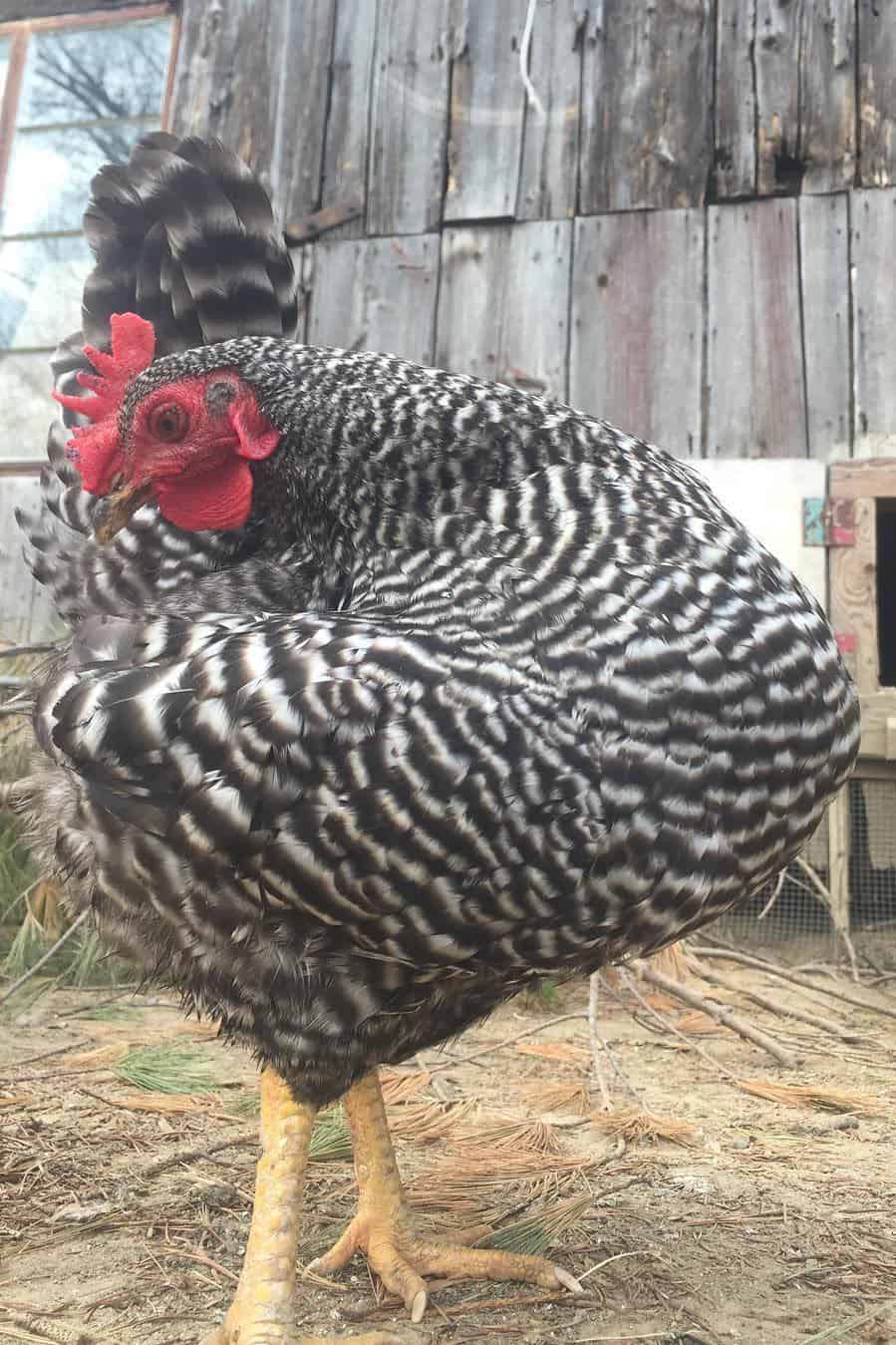
Holland chickens require proper attention if you want to breed them successfully. They won’t have several health issues; however, you need to always look out for signs of weakness, sores, etc.
Frostbites
The roosters may have frostbite as typical of chickens with large combs. Frostbites are usually caused by excess moisture and appear as black spots on your chicken’s comb or wattles. Even though frostbites aren’t fatal, they can cause chicken infections or pain.
As such, you have to treat frostbite in your Holland chickens as soon as you see the signs. To treat frostbites, ensure the coop is well-ventilated to prevent the storage of moisture. Also, add more dry bedding to the coop and remove any wet bedding.
Don’t heat the coop as this will cause more buildup of moisture. Instead, add cayenne pepper to your chicken’s feed and rub their combs and wattles with coconut oil or frostbite ointment. Only apply the oil on areas not affected by the frostbite.
If you’re applying anything to the affected area, do it carefully so it won’t break off. Put the affected chicken in a warm place; you can place the feet, if affected, in warm water. Ensure you keep the chicken warm throughout the recovery period, which takes about 4 to 6 weeks.
Parasites
Also, Holland chickens can be affected by internal and external parasites. Internal parasites are tapeworms, roundworms, tapeworms, etc., while external parasites are lice and mites. To keep your chickens healthy, it’s essential you deal with both parasites.
You can worm your chickens twice a year as a precautionary measure. If they are infected, treat them properly. To keep external parasites away, ensure the coop is always clean. Apply chemical treatments to all crevices and cracks in the cage. Ensure you follow every instruction for the treatment of internal and external parasites to the letter.
4 Tips For Raising Holland Chicken
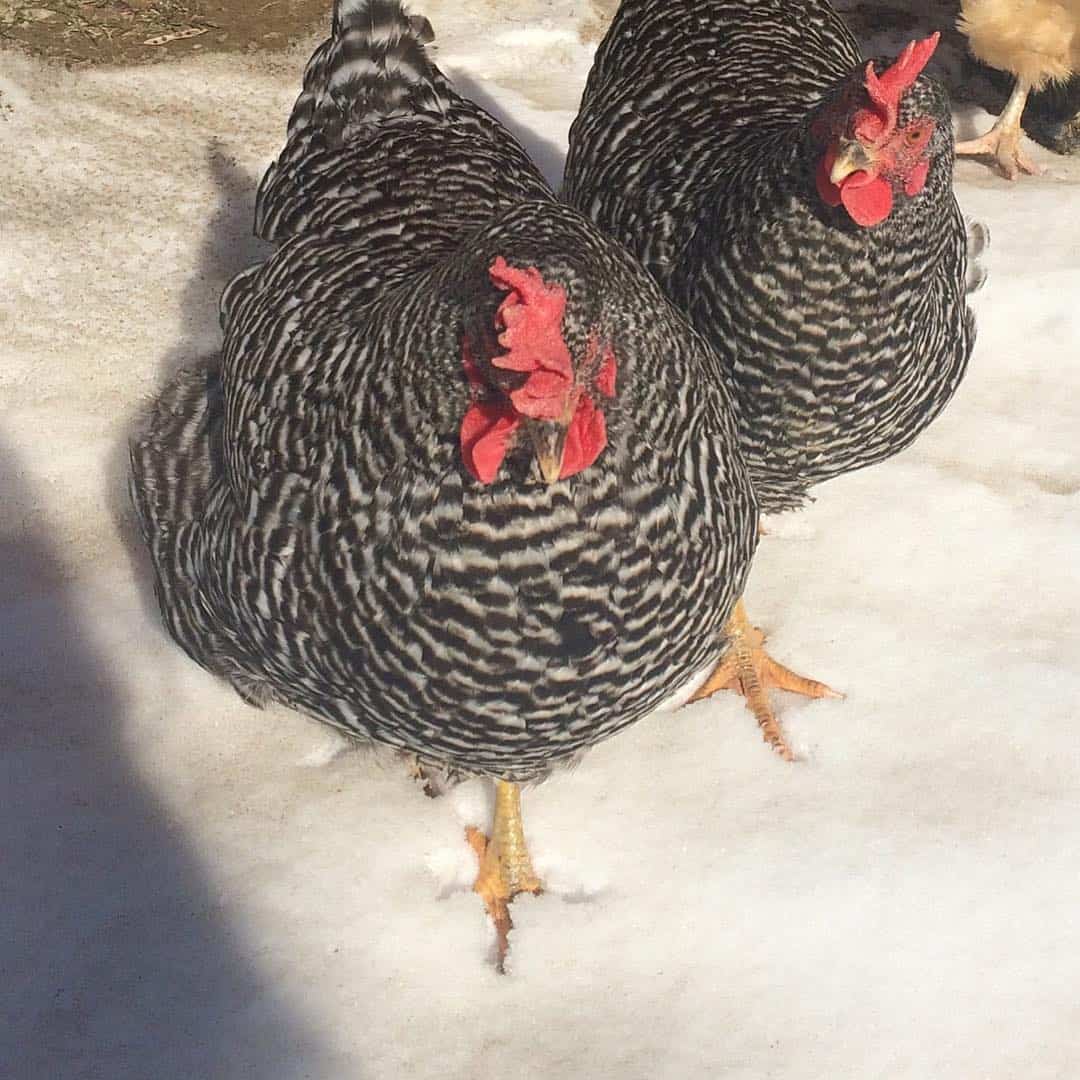
Appropriate care will make your Holland chicken healthy and fit for all the purposes you want to use them for. Below are some tips for raising Holland chicken.
Housing
Holland chickens are natural foragers. However, if you’re keeping them as backyard chickens, you need to provide them a safe and spacious place.
Ensure that the coop is spacious enough for the number of chickens you want to rear. Each chicken should have at least a personal space of 4 square feet, allowing them to free-range and have enough space to run. This will also help to sustain their cheerful temperament.
Feeding
Since you’re not allowing your chickens to forage, it is essential you feed them properly. Their feed must contain the right nutrients in the right proportion. Always provide fresh water for them as well. Dirty water will make them sick. This will make them healthy; it will enhance egg production and increase their fleshiness for meat purposes.
For the first 12 weeks, feed your Holland chicks with chick starter before introducing them to the regular feed. Also, examine the eggshells when they lay eggs. Brittle eggs mainly indicate that your chicken’s feed lacks adequate calcium, so you have to add more calcium to their diet.
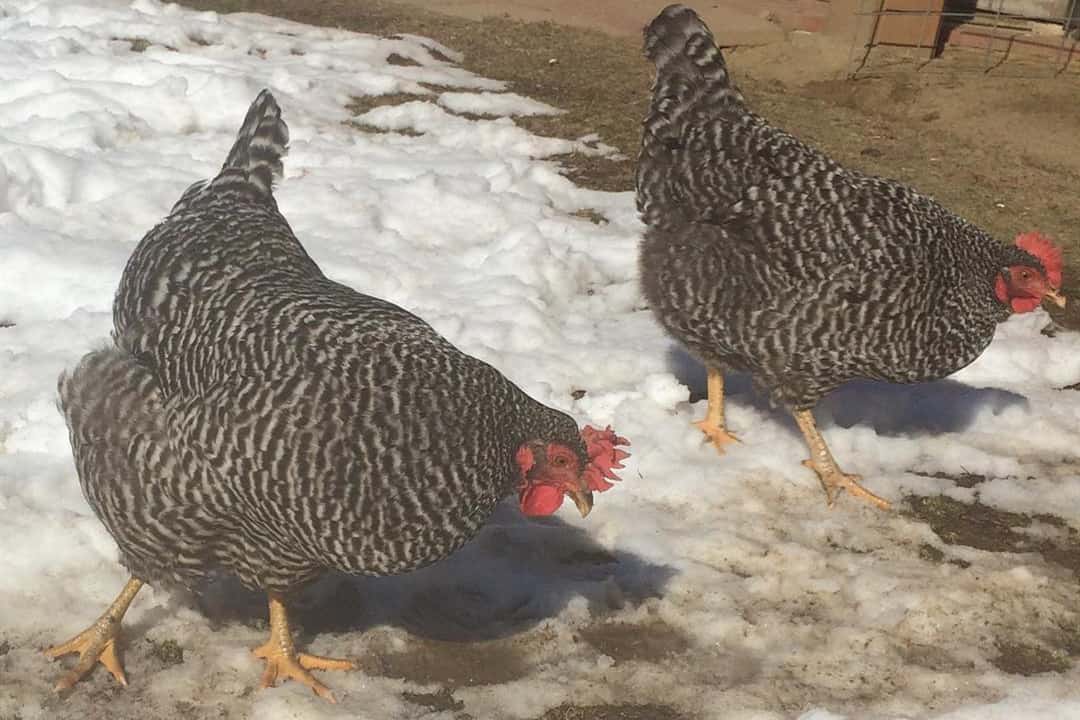
Clean Environment
The environment in which you rear your chickens is essential to their well-being. Usually, chickens are very sensitive to a dirty environment. For this reason, you should change their bedding regularly and clean the droppings and wasted feed. Ensure the coop is as dry, too, as moisture causes different diseases.
Limit treats
While you must feed your chickens with treats, don’t give them in excess. Treats don’t contain all the nutrients your chickens need; they should take only 5 – 10 % of their diet. Chickens who live on treats don’t turn out healthy.
Summary
Holland chickens are a low-maintenance chicken breed, so you don’t need many resources to rear them successfully. They have pleasant personalities and enjoy human company very much. If you have kids, they are an excellent choice to have around.
However, you should only let your kids play with the chickens under close supervision. Also, you should know how to identify a Holland chicken among different breeds before you buy one. For example, Holland chickens have single combs with well-defined points. They also come in two varieties: White and Barred.
Also, to ensure you buy the right Holland breed, buy Holland chicks from a local hatchery farm. It’s best you start with chicks as you can bring them up to enjoy your company, thereby enhancing their temperament.
You can rear Holland chickens with other chicken breeds as well, as they are sociable. However, you should do this gradually by allowing both breeds to mingle first before you put them together in a permanent place. This way, you’ll avoid things getting out of your control.
Even though Holland chickens are naturally strong, they still need your attention and care. You have to ensure they are in the best condition at all times, as even the strongest of chickens can fall sick.


Joseph Hudson has been raising chickens for over 15 years. In 2018, he completed the Agriculture & Natural Resources program at Mt. San Antonio College. He currently raises over 1400 chickens on his 7.5-hectare farm. He keeps sharing his experience on raising healthy and happy chickens on Chicken Scratch The Foundry.
